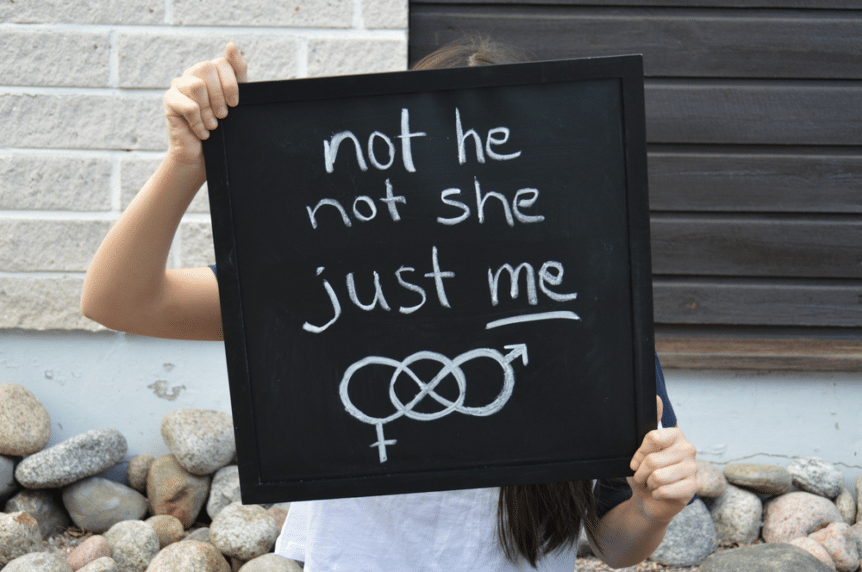Gender expression and gender identity are related concepts, but are also very distinct from one another.
Plenty of people wonder about gender expression vs. gender identity. What do they mean, and why are they important? What sets them apart?
A strong grasp of both gender identity and expression can help you better understand and support yourself. It offers similar benefits to your relationships with your friends, family, and coworkers.
Let’s start with defining gender identity vs. expression.
Gender Identity vs. Gender Expression: Definitions
What is Gender Identity?
Gender identity is a personal feeling. It’s something that you experience internally. You might identify as male, female, both, or neither (i.e. nonbinary or genderqueer).
Gender identity may align with the sex a person is assigned at birth but it may also differ from it. Remember that your gender identity is a valid and important part of who you are.
You can talk about your gender identity with friends, family, or anyone you trust. However, gender identity is ultimately about your own innate concept of who you are.
How do you know your Gender Identity?
Your gender identity comes from the feelings inside yourself. Some people may question their gender identity, or notice it changing over time. You may also feel connected with an identity that combines parts of different genders or stands apart from them. All of these feelings are completely valid.
Are you experiencing uncertainty or other issues around your gender identity? A skilled and qualified LGBTQIA2S++ counsellor can help you work through them.
What is Gender Expression?
Gender expression refers to how you choose to present yourself.
Clothing, hairstyles, makeup, voice, and many other visible and audible cues can represent gender expression. Your behaviour and actions can also be seen as gender expression, depending on the context.
On a personal level, gender expression is very flexible. It may align with common traits that are traditionally masculine and feminine as well as traits associated with neither gender.
Do Gender Expression and Gender Identity mean the same thing?
There’s a direct relationship between gender identity and gender expression, but there is also a clear distinction between them.
There’s a very easy way to remember the difference between gender expression vs. identity:
- Identity is internal: Your gender identity comes from the feelings inside yourself.
- Expression is external: Your gender expression is how you present your gender identity to others.
Navigating gender identity and expression can feel complex, difficult, and even frustrating or upsetting. Wellin5 can connect you with a registered counsellor who can provide accessible, cost-effective, and positive support.
Want to get started? A Wellin5 counsellor is available.

